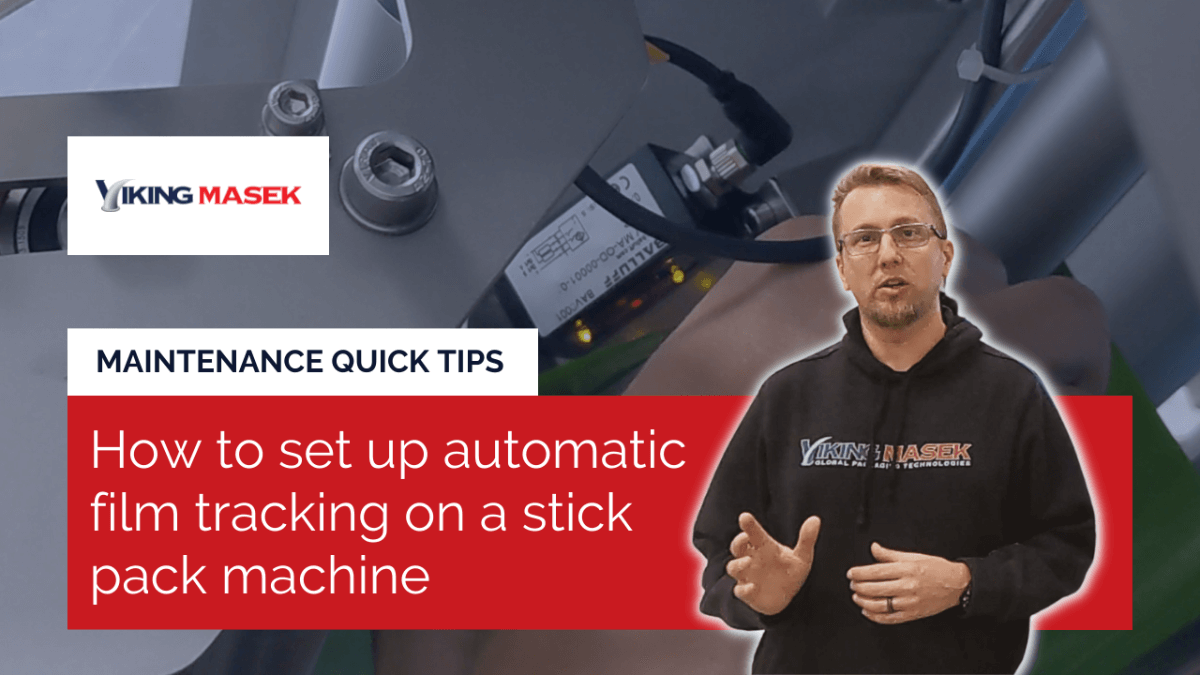How do automated flexible packaging machines work?
These days, it's pretty rare to find a packaging facility without a flexible packaging machine.
From food and drink to pharmaceuticals and dietary supplements to hardware and non-food products, flexible packaging machines are in high demand. Why? Because these machines pack a serious punch when it comes to speed and throughput, accuracy, decreased waste, sustainability, and labor cost savings.
Whether you're new to packaging automation or an old hand, chances are you have a few questions as to how automated packaging systems work their magic. Our experts are here to drop some knowledge:
Form fill seal (FFS)
Form fill and seal packaging machines are the most widely used flexible packaging equipment type. Invented in 1936 by an employee of a candy company, these machines are considered industry standard, tried and true technology.
So how do they do what they do? In a nutshell, form fill seal machines form bags from a large roll of flat packaging material, fill the bags with product, and seal them shut.
Some machines perform these operations horizontally (horizontal form fill seal or HFFS) and some do it vertically (vertical form fill seal or VFFS). Vertical form fill seal machines have certain advantages over horizontal machines, including a lower cost and requiring much less floor space.
Form fill seal machines can run fast and are economical in cost. However, operation and changeover require technical skill so they are usually best for lines with a dedicated operator that run with little variety.
Learn how VFFS machines work >>
Stick pack machines
A subset of vertical form fill seal packaging machines, stick pack machines perform their operations in much the same manner, only across multiple lanes to create many packages at once.
They do this with a special slitting component that cuts the large roll of packaging film into strips or 'sticks'. After being slit, each stick is formed into a long, thin bag shape, then filled with product (usually powder or liquid), and finally, each stick is sealed shut.
With modern machines able to accommodate up to 20 stick packaging lanes, you can achieve very high throughput with very little floor space, making them a very popular choice for contract packagers.
Learn how stick pack machines work >>
Fill and seal
Automatic fill and seal packaging machines are an entirely different animal. Instead of forming bags from a roll of flat packaging material, this machine is loaded with bags that are already formed into their end shape (premade pouches). The bags are then fed into the machine where they are opened, filled with product, and sealed shut.
Pouch filling and sealing machines come in two main varieties: Rotary and inline. Rotary designed machines occupy much less floor space than inline models. This is because rotary pouch fill and seal machine components are laid out in a circular fashion instead of a straight horizontal line.
Fill and seal machines require very little technical skill to operate and the end product has a premium look. Pouch fill and seal machines also create virtually zero waste and are great for small batches as they can be changed over in mere minutes. However, they do usually cost more than form fill seal machines and cannot run as fast.
Learn how automatic pouch fill and seal machines work >>
Learn more about automated packaging machines
Subscribe to our blog to get the latest packaging automation knowledge delivered right to your inbox at the intervals you choose. If you ever decide you're just not that into us, unsubscribe with a single click.








